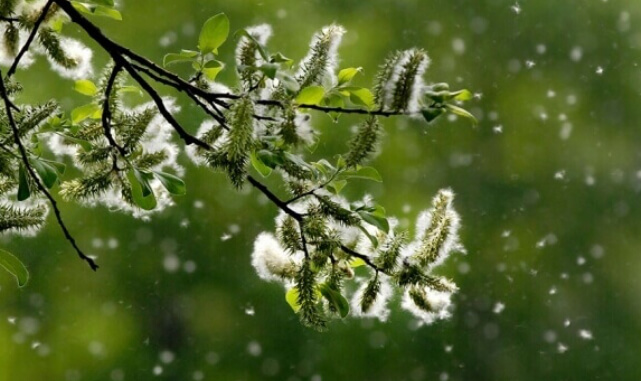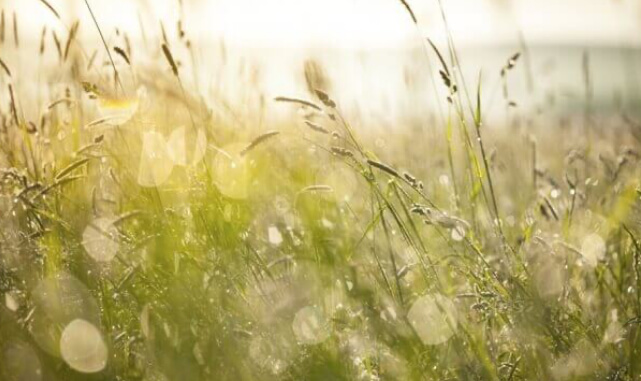Get the scoop on pollen counts and just how they affect you, so you can plan ahead and be one step in front of your allergies.

WHAT IS THE POLLEN COUNT?
The pollen count tells you just how much pollen is in the air by measuring specific pollen grains like trees, grasses, weeds and mould spores during a 24-hour day. Days when the pollen count is high means you should be on high alert. You’re much more likely to experience sneezing or itchy eyes that just won’t go away.

WHEN IS THE POLLEN COUNT HIGH?
The pollen count goes up and down throughout the day, and changes from day to day. It’s like a little pollen roller coaster, and your allergies are along for the ride. When the sun rises, so does the pollen count, peaking around midday and gradually going down during the rest of the day. Hello sunshine, hello sniffles and sneezing. The count is also highest from spring to autumn.

WEATHER PLAYS A ROLE
The next time you watch the weather, look out, you might get a forecast of itchy eyes and a chance of sniffing and sneezing. Pollen travels best on warm, dry, breezy days. Windy days mean that your hair – and your nose – will get blown away, because pollen swirls through the air and increases the count. Cold or rainy days, on the other hand, make pollen hibernate a bit, significantly dropping the amount of pollen in the air.

LOCATION MAKES A DIFFERENCE
Living in the hustle and bustle of the city means that you’ll see the pollen count rise and fall later than in more suburban locations. If you live in a warm, dry climate, you’ll have to deal with a lot higher pollen count than if you live in a colder, coastal area.
